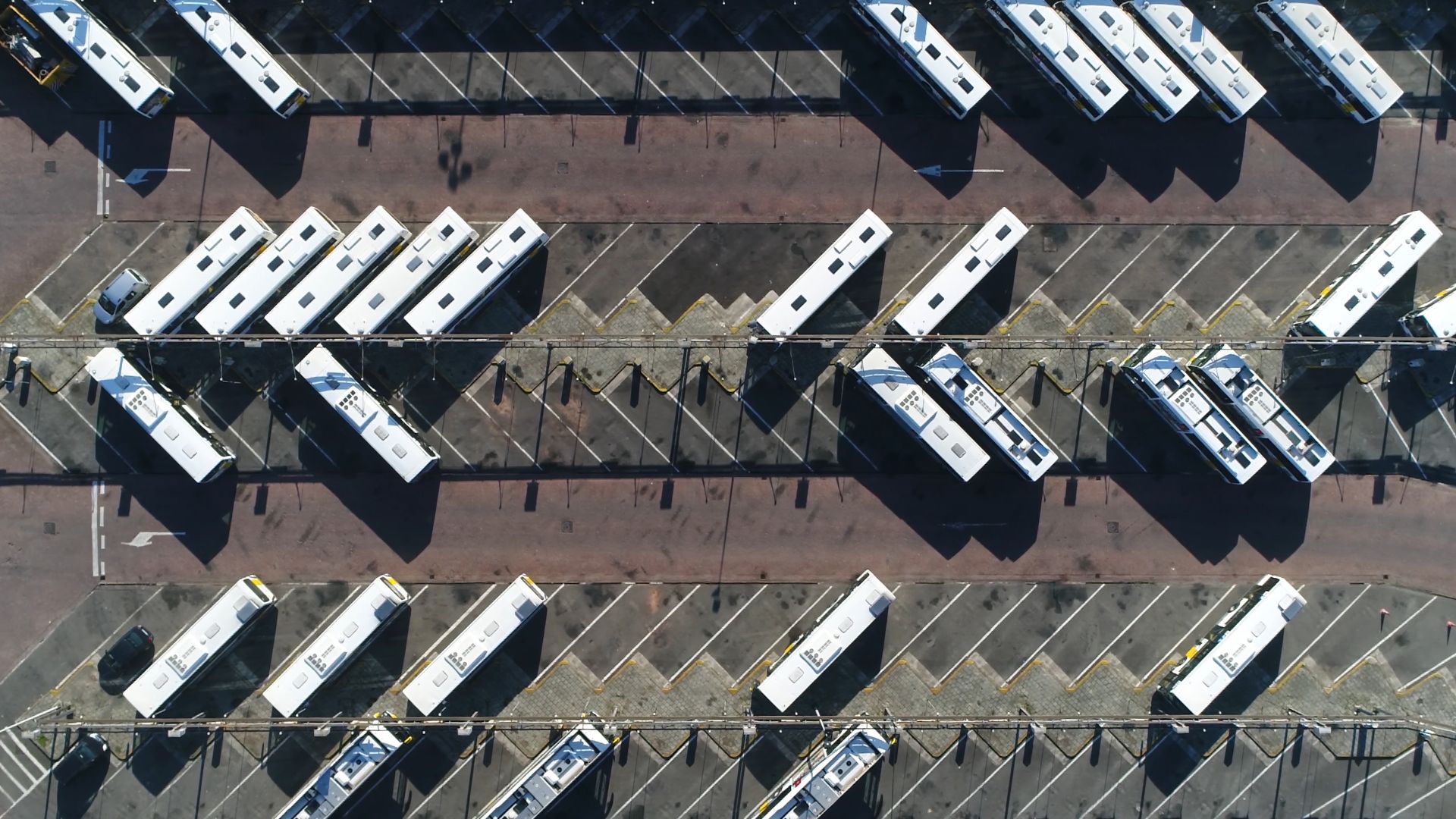How do you look at the adoption of EVs globally & in India?
Many believe electric vehicles are the future of road transportation. At the same time, many are confident they will never replace internal combustion engine (ICE) cars. However, we believe that both EV market acceptance and its dynamics are in the early stage of evolution, with the industry making slow and steady progress. During this evolution, cutting battery costs and extending the range have been the key focal points of the EV industry. According to the industry reports, the EV sector has managed to make good progress on battery costs and range extension, which has helped boost sales. The next major step for the industry is to focus on efficiency and profitability which significantly depends on the EV manufacturers’ technological and manufacturing capabilities.
India is on an ambitious journey to electrify 30% of its vehicle fleets by 2030, as proposed by government think tank Niti Aayog. Testing of operational feasibility of electric buses, cars, two-wheelers, rickshaws, taxis and goods vehicles, are already making in-roads. As compared to other countries, India is a few years behind in terms of adoption, infrastructure, and regulations. However, Government has taken various measures to boost the domestic manufacturing segment. Schemes such as FAME and 100 percent FDI to e-bus manufacturers provide great incentives to lower the costs of electric buses to make it more affordable and facilitate their adoption in the country.
A significant portion of the EV industry is India is represented by SMEs and start-ups. With the country forecast to become the fourth largest EV market over the next 20 years, Indian start-ups have started taking on the opportunity. We are partnering with various stakeholders to advance smart mobility in the country from current levels.
With over 70,000 buses above 6 ton sold in 2017, the Indian bus market represents a significant share of the 430,000 buses above 6 ton sold globally. If only a small percentage of these were to be electric, it could easily become the second largest market behind China.
The increased Interest in the sector has been further fueled by Union Road and Transport Minister reaffirming India’s potential to become a major manufacturing hub for electric vehicles in the next five years. Altogether, it will open up more prospects for the Indian industry to pick up the shift in business.
What is the importance of Indian market for Hitachi ABB Power Grids?The Indian electric vehicle ecosystem market is currently at a nascent stage. Favorable government policies and support in terms of subsidies and grants, tax rebates, the increasing vehicle range, better availability of charging infrastructure and proactive participation by automotive Original Equipment Manufacturers (OEMs) would drive the electric vehicle sales in India.
India’s transition to electric mobility is not only about fighting air pollution, it’s about creating the necessary infrastructure for supporting ICE and BS-VI and creating an enabling environment for ICE and EVs to coexist while allowing for a phased transition to EVs. Therefore, what India needs today is a strategic transition plan that does not situate EVs as the only immediate future and also a competitor to ICE today, but rather positions a forward- thinking plan that is complementary to the ICE automobile industry. Through such a plan, we can move towards a clean transport system for over a billion Indians in a graduated manner.
How Hitachi ABB Power Grids is supporting public transport in creating greener grids providing power to increasingly large e-mobility loads in India?
Adoption is dependent on the readiness of the transport infrastructure available in a particular country. We are aiming for the long term and will expand according to market needs.
Our Grid-eMotion solution has been introduced in India notably through our partnership with Ashok-Leyland. As part of this introduction, we are talking with various parties in India about the opportunity to implement the solution.
Speed of charging batteries/EVs remains an issue as of now. How do you plan to resolve this problem?
While charging infrastructure must be augmented, the grid also has to be modernized to support evolving consumption patterns and rising demand. We know of cases where a spike in demand – many people plugging in their e-vehicles for charging at the same time – led to grid collapse in some countries. So, while we make progress in increasing charging stations, we also have to prime the grid for demand evolution, digitalize it with smart solutions that offer insights into asset performance and health. That becomes critical when we increasingly start drawing power from alternate energy sources like renewables and battery energy storage.
At Hitachi ABB Power Grids, we aim to co-create innovative energy solutions with grid owners and operators, leveraging combined capabilities in energy (like power grid equipment and asset management systems) and digital platforms and with a focus on intelligent grids that support sustainable energy transition.
Grid-eMotion Fleet delivers unprecedented scalability, space savings and operational efficiency for anyone managing public transport and commercial EV fleets. It will not only accelerate the global uptake of safe, sustainable and smart transport, but will lead to cleaner air and an enhanced quality of life for all, enabling a stronger, smarter and greener future for generations to come.
It has the unique ability to charge more vehicles simultaneously while reducing the space needed for EV chargers by up to 60 percent. It also requires up to 40 percent less depot cabling.

